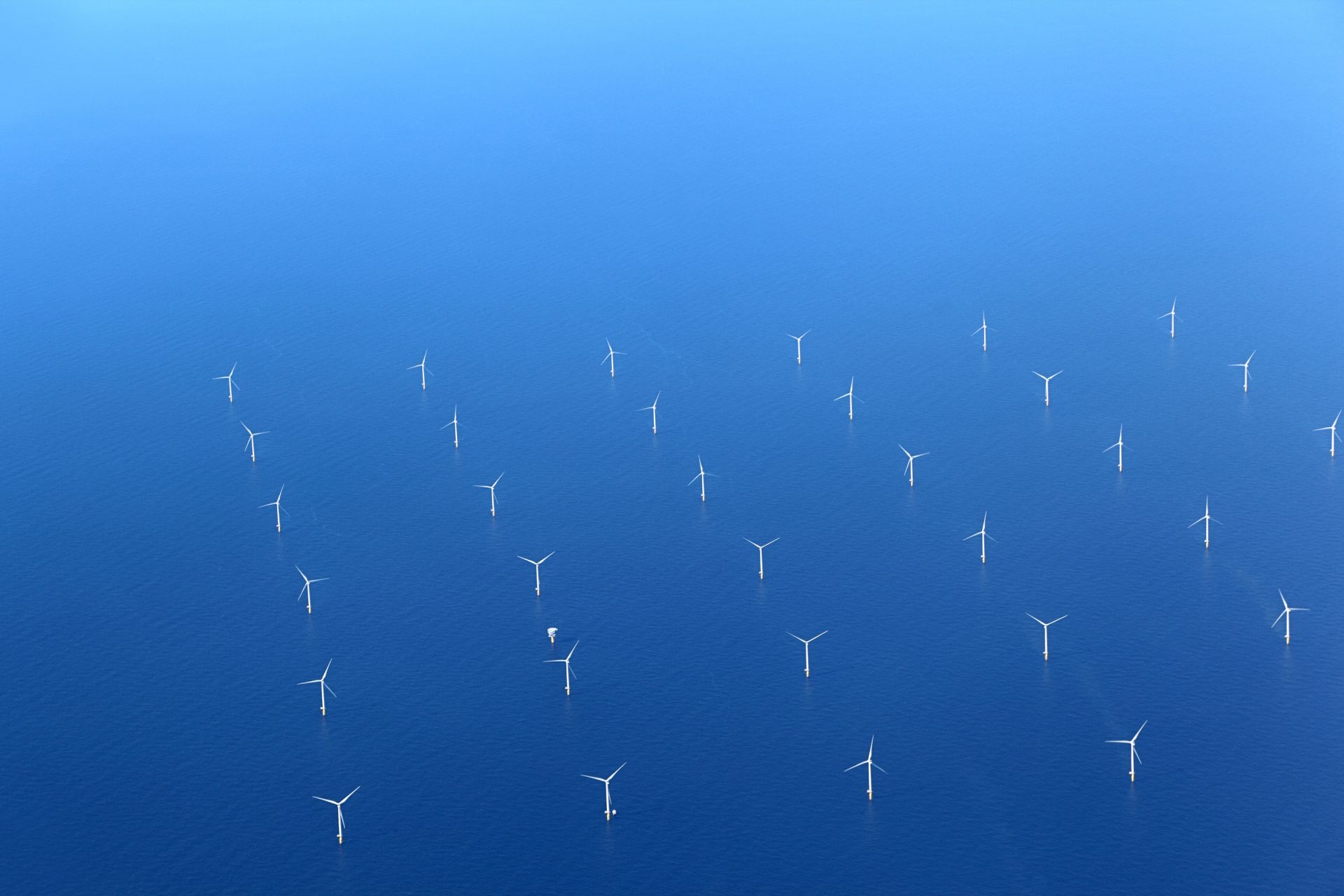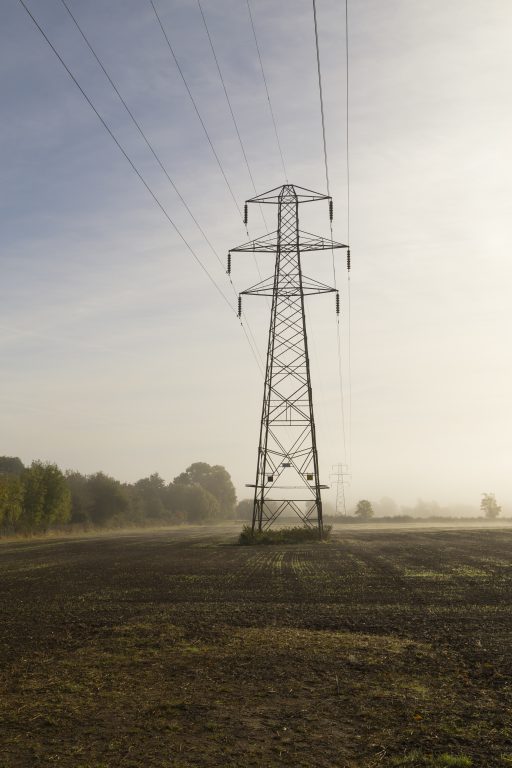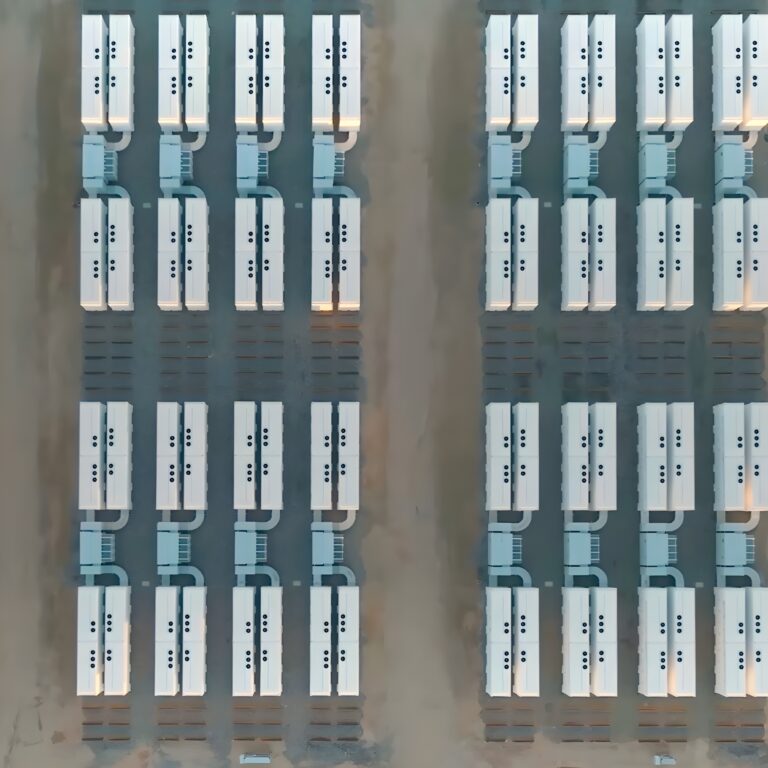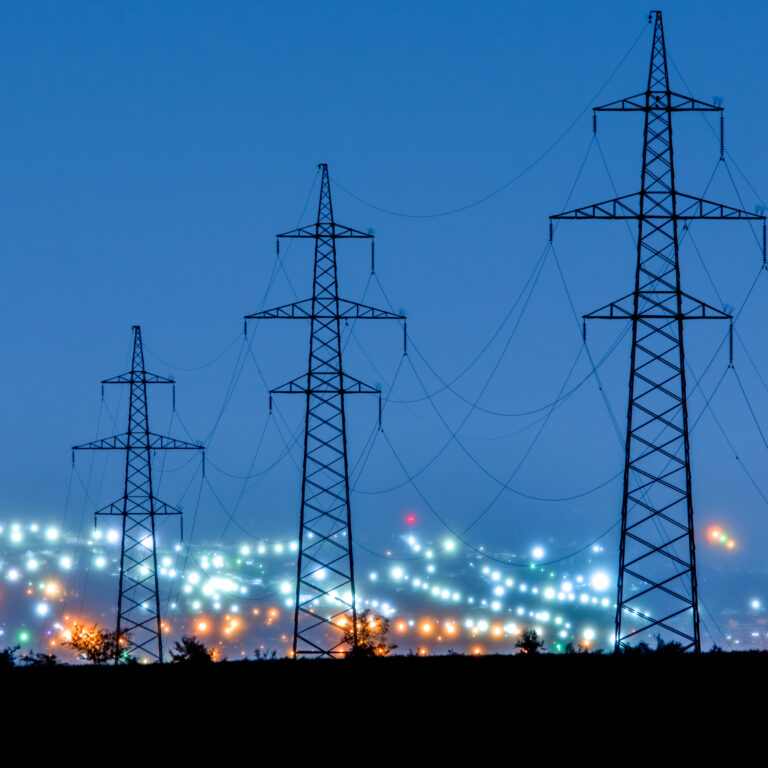Great Britain’s electricity system has had its robustness tested at both ends of the thermometer in 2018. First, the once-in-a-decade low temperatures of the ‘Beast from the East’ saw electricity demand reach its highest peak in three years on 1 March as the country turned on electric heaters and extra lighting.
Following fast on its heels was an unusually hot, dry and still summer that pushed demand up by the equivalent of adding a second Scotland to the system, and required solar generation to make up for a ‘wind drought’. And all of this happened in the first half of the year.
So far the second half of the year has seen fewer instances of freak weather, which has meant fewer peaks in the power system. While uneventful in this sense, the last quarter of Great Britain’s power does go some way towards showing us what we might expect from the system in the future.
The findings come from Electric Insights, an independent report written by researchers at Imperial College London and commissioned by Drax, that analyses the country’s power and hints at what we might expect in the future.

-
Breaking renewable records will get boring
Quarter after quarter Great Britain breaks new renewable records and Q3 2018 was no exception. The three-month period from July through September saw total capacity of renewable sources exceed fossil fuels for the first time. Great Britain now has 40.6 gigawatts (GW) of gas, coal, diesel and oil-fired power generation capacity, compared to 41.9 GW of capacity from wind, solar, biomass, hydro and waste sources. To put this into perspective, at the start of the decade fossil fuel capacity was seven times that of renewables.
Since 2010 renewables have grown six-fold. Wind passed 20 GW of installed capacity in September and is now the country’s largest renewable source. Solar has slowed in growth but remains the second biggest renewable, with 13 GW of capacity.
Biomass is now the third largest source of renewable electricity thanks to the coal-to-biomass conversions of Lynemouth power station and Drax’s Unit 4, which together added 1 GW more renewable electricity to the system. Along with these conversions, a quarter of the country’s coal capacity retired in the last year, leaving just six generators in operation.
While this shift to renewables is helping decarbonise Great Britain’s power system, the increasing intermittency that comes with it means balancing the grid is becoming more complicated.
Read the full article, co-authored by Luke Clark at RenewableUK: Renewables leapfrog fossil capacity
-
As balancing the network becomes more complex, it could grow more expensive
The daily cost of running the transmission system – which manages the flow of electricity from generators to consumers – has doubled over the last four years. This growth has been steady since 2010, but Q3 2018 saw the cost reach one-sixth higher than the previous record in Q3 2017. Over this quarter, balancing the system on average cost £3.8 million per day, with three days seeing costs exceed £10 million, in turn adding 6% to the overall wholesale price of electricity.

Part of the reason for the increased costs is that need for balancing services such as voltage control, reserve power and frequency response spike when there are high levels of intermittent renewables (such as wind and solar) on the system. As this type of generation can’t be perfectly calculated it is important for National Grid to ensure there are flexible reserve sources running to plug gaps and help move electricity around the grid, both of which incur balancing costs. For example, in September balancing costs spiked several times as a result of increases in wind power.
The rising price highlights that for the grid to function it’s not just a matter of generating enough electricity to meet demand. Where and when it is generated is as important to maintain its stability, and with ever-increasing levels of intermittent renewables the need for stabilising services will grow.
Read the full article: The cost of staying in balance
-
The cost of generating electricity may rise, which will have knock on effects
It’s not just balancing costs, however, that are driving up the cost of electricity. Day-ahead market prices have risen by 50% over the last year – from an average of £42/MWh in Q3 2017 to £60/MWh last quarter.

This was not the result of spikes caused by events such as the ‘Beast from the East’ or the summer’s World Cup final, but by a gradual creeping up of prices caused by a combination of increasing gas prices and carbon emissions costs, as well as a weaker pound in the wake of ongoing Brexit negotiations.
Gas power stations are six times more influential on power price than any other generation technology, but with global gas prices rising 50%, the country’s primary source of flexible generation is becoming costlier.
The knock on effect of this 10-year high gas price was not only an impact on consumers’ pockets but also a resurgence in coal, which became cheaper than gas and led to a 15% increase in carbon emissions from electricity generation for a period during the quarter. Adding to this, the European Emissions Trading Scheme (ETS) increased the price of carbon dioxide (CO2) emissions by a factor of four over the past 12 months, pushing up the cost of wholesale electricity even further.
The international nature of the electricity system also makes prices vulnerable to currency fluctuations and a weakening pound made the impact greater. The currency devaluations following the EU referendum are continuing to contribute to this and Ofgem found it caused an 18% increase in electricity prices. This isn’t the referendum’s only effect.
If the UK leaves the EU next year under a no-deal scenario the country would also exit the ETS, removing a component of the current total carbon price. There are plans to replace this with a new tax, adding to the existing UK carbon price support (CPS), but this would only come into effect from April 2019, leaving Q1 with just the CPS – effectively making it cheaper to emit carbon during that three-month period, which in turn adds a risk of more carbon-intensive sources becoming more economically viable than renewable sources.
While there is little Great Britain can do to influence international fuel prices, it can alter domestic policies to influence the price for consumers. Making heavily emitting fuels economically prohibitive and incentivising more lower carbon and renewable sources onto the system, can reduce dependency on imported fuels and cut carbon costs.
Read the full article: Wholesale power prices hit a 10-year high




















